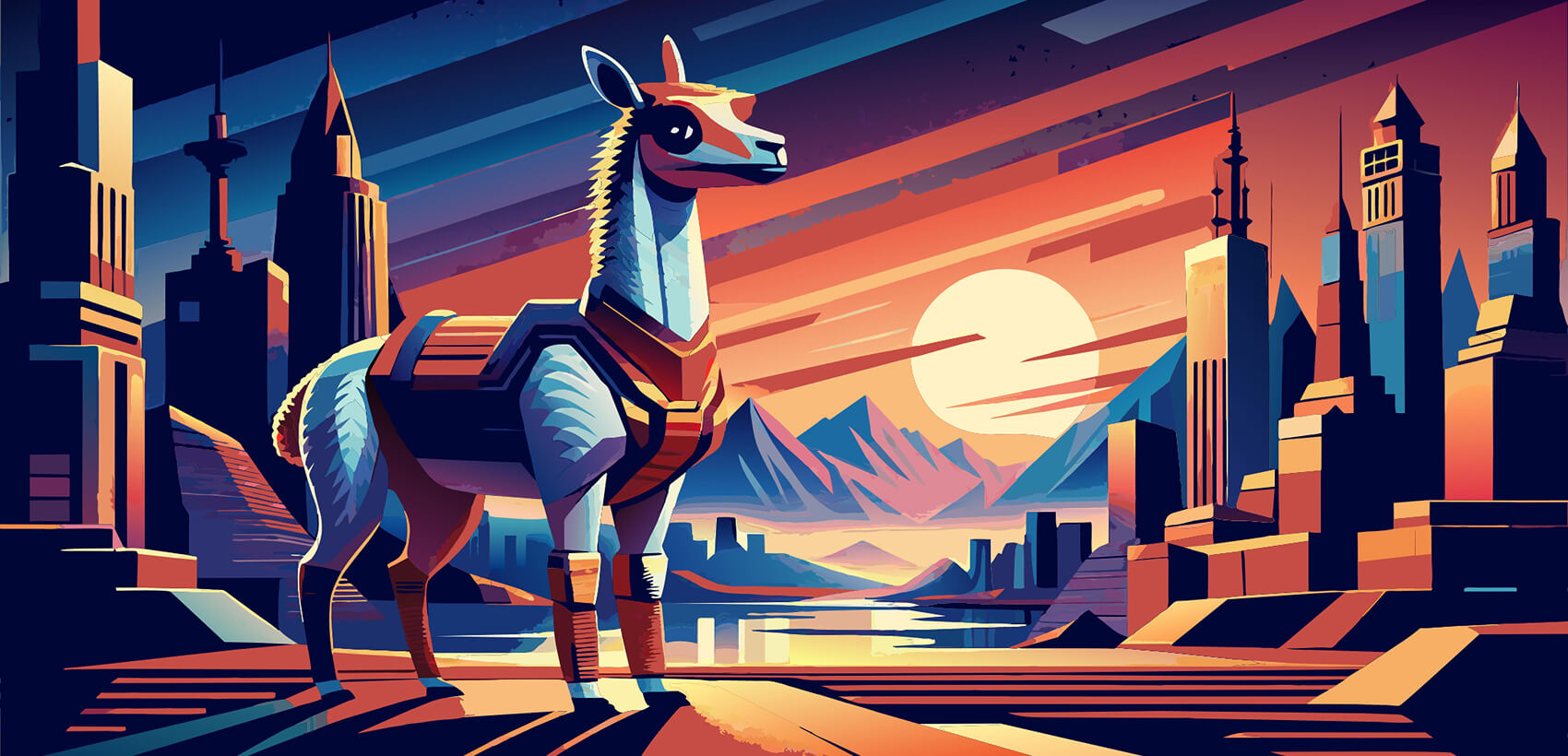As the climate crisis deepens and global awareness grows, sustainability is no longer optional—it’s essential. For illustrators and designers, adopting eco-friendly practices isn’t just about switching materials or tools. It’s about rethinking the creative process to align with values of environmental responsibility and conscious communication.
In this post, we’ll explore how artists can embrace sustainable design practices—both in workflow and in message—to help shape a greener, more ethical future.
1. Why Sustainability Matters in Illustration
You might be wondering: How can my illustration practice impact the environment?
The truth is, creative work—digital or traditional—consumes resources. From the paper and ink you buy to the electricity your tablet uses and even the servers hosting your portfolio, every choice has an environmental footprint.
Illustrators also have influence. Whether you’re working for brands, creating editorial content, or posting art online, your work can shape ideas, shift behavior, and inspire conscious living. That’s power worth using wisely.
2. Rethink Your Materials and Tools
For traditional illustrators:
- Use recycled or FSC-certified paper whenever possible.
- Choose non-toxic, water-based paints and inks.
- Avoid plastics and single-use supplies; invest in reusable tools like refillable pens or brushes.
- Properly dispose of waste materials like solvents and acrylics, which can pollute water systems.
For digital artists:
- Power your devices with renewable energy sources if available.
- Reduce file storage waste—clean up unnecessary cloud backups and high-resolution files you don’t need.
- Consider green hosting providers for your portfolio site or online store.
- Use devices with energy-efficient settings and extend the life of your equipment rather than upgrading frequently.
3. Design with Purpose and Longevity
One of the most sustainable design principles is creating work that lasts.
In advertising and social media, fast content cycles often result in throwaway designs. But as illustrators, we can push back against this mindset by:
- Focusing on timeless aesthetics rather than trends.
- Encouraging brands to reuse and repurpose visual assets.
- Avoiding “greenwashing” by working only with clients who genuinely support sustainability.
Ask yourself: Is this design helping solve a problem or just filling a feed?
4. Incorporate Sustainability Into Your Message
As visual storytellers, we have the ability to educate and advocate through our work. Consider:
- Creating pieces that raise awareness about environmental issues—climate change, deforestation, clean water access, etc.
- Showcasing diverse communities impacted by climate issues.
- Highlighting eco-heroes, indigenous knowledge, and regenerative practices.
- Collaborating with nonprofits or grassroots movements to illustrate their missions.
You don’t have to be an activist to make an impact—subtle, meaningful messages go a long way.
5. Partner with Like-Minded Clients
Who you work with matters. Choose collaborations that align with your values:
- Seek out eco-conscious brands, ethical fashion labels, organic food companies, sustainable tech startups, etc.
- Review a client’s sustainability record before saying yes.
- Don’t be afraid to turn down work that conflicts with your principles—your brand will be stronger for it.
Ethical business isn’t just about what you create—it’s about who you create it for.
6. Build a Green-Centered Portfolio
If you’re serious about eco-conscious design, let it show in your portfolio:
- Curate projects that reflect environmental themes or sustainable messages.
- Include a statement about your commitment to eco practices.
- Share process notes on how you approached a design with sustainability in mind.
This not only attracts like-minded clients—it positions you as a leader in the growing niche of sustainable creative work.
7. Educate and Inspire Others
Sustainability is a journey, not a destination. Share what you learn with your community:
- Post eco tips for fellow artists.
- Offer tutorials on low-waste workflows or conscious branding.
- Start conversations about ethics in design and visual storytelling.
By normalizing sustainable thinking, you can help shift industry standards over time.
Final Thoughts
Adopting eco practices in illustration isn’t about perfection—it’s about progress. Every sustainable choice you make, from your sketchbook to your social impact, adds up to a future where creativity and responsibility go hand in hand.
The world doesn’t just need more beautiful art—it needs meaningful, mindful art. And as an illustrator, you’re in a unique position to illustrate the future we all want to see.

